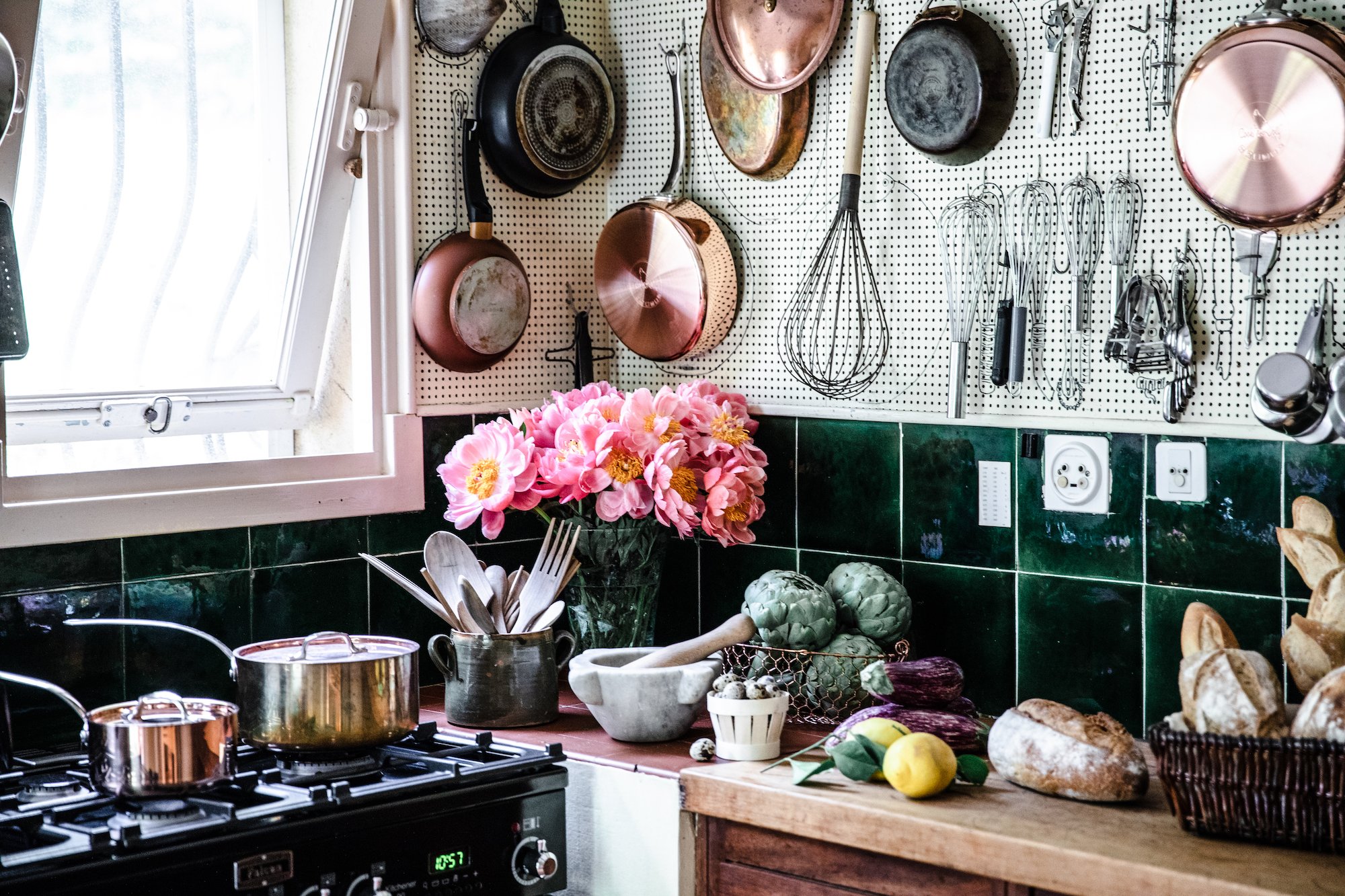Mise En Place's Place in the Kitchen and How to Get Started
If you haven’t been to culinary school or worked as a chef in any capacity, then the term “mise en place” may seem somewhat foreign to you. And, if you are not familiar with the French language, it might seem really foreign to you. (What? We like to joke around here!)
In French, the term “mise en place” means “establishment,” or preparing your workspace before diving into a recipe or dish. This involves laying out all of your measured ingredients and setting up for your upcoming task by cutting, slicing, grating, soaking, and other preparation methods.
While mise en place might be a term you are familiar with, it may have taken a more recent circumstance or development - or witnessing it being used in certain television series, on fashionable aprons, or otherwise - to have any interest in it. And we can’t necessarily blame you. While prepping the kitchen and setting everything out can help you keep track of what you are doing - which can be incredibly helpful with multi-step meals and more complicated dishes - it often creates stress around cleaning more dishes and utensils. It both creates and minimizes the amount of work a chef has to do with any one recipe.
Mise en place is expected in restaurants and bigger establishments. Having all of the ingredients prepped and ready to pop into their respected dishes keeps a kitchen moving efficiently, and customers happy. And we know it can seem a little overwhelming to spread ingredients out over your counterspace at home, but it can really help you to enjoy the textures, scents, and tastes of the ingredients instead of focusing on what has been prepped, what stage of cleaning the surface is in, etc. It can help you reduce your time in any kitchen by reducing the amount of time it takes you to travel from task to task, retrieve utensils, and otherwise.
As mentioned before, many culinary schools approach mise en place and its importance within the cooking space within the first few classes. Knowing it is one thing. Practicing it, however, can take some getting used to. Here is an easy step-by-step to get you started!
If you are limited when it comes to counter space, consider approaching your meal - recipe-free or otherwise - in phases.
Read your recipe or consider the ingredients you have.
Reach for a cutting board, blender, knives, food processor, measuring cups and spoons, or any other kitchen prep items that you may need. Wipe your work surfaces off and put your apron on.
Identify and prepare any produce. This involves cleaning them well with an environmentally-friendly rinse and can include chopping, grating, steaming, blending, and more.
Measure out non-perishable items, legumes, and other loose ingredients into bowls and containers. Set them out in order of when they will go into the dish to help streamline the process. **This is when it really helps to have nesting bowl sets, tupperware, Pyrex, or other containers around. Any extra ingredients you may have can easily be stored after you are finished in the kitchen.
Get to work!
MADE IN Mise en Place nesting bowlsMADE IN 'Mise en Place' Nesting Bowls
We just love this oven-proof set from our friends at Made In!
This post contains affiliate links, so we may earn a small commission when you make a purchase through links on our site at no additional cost to you.


